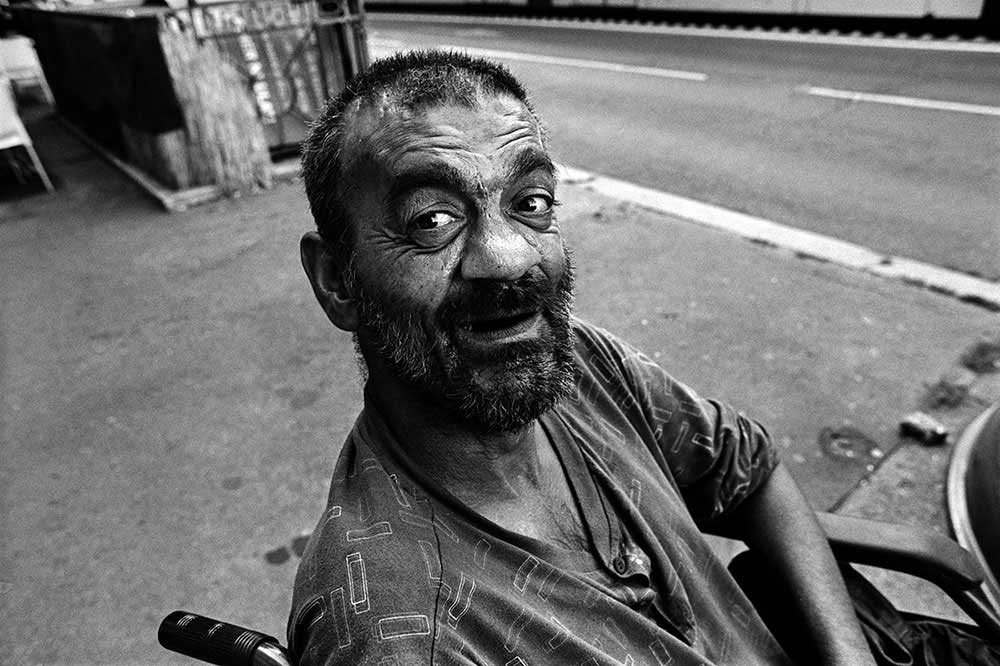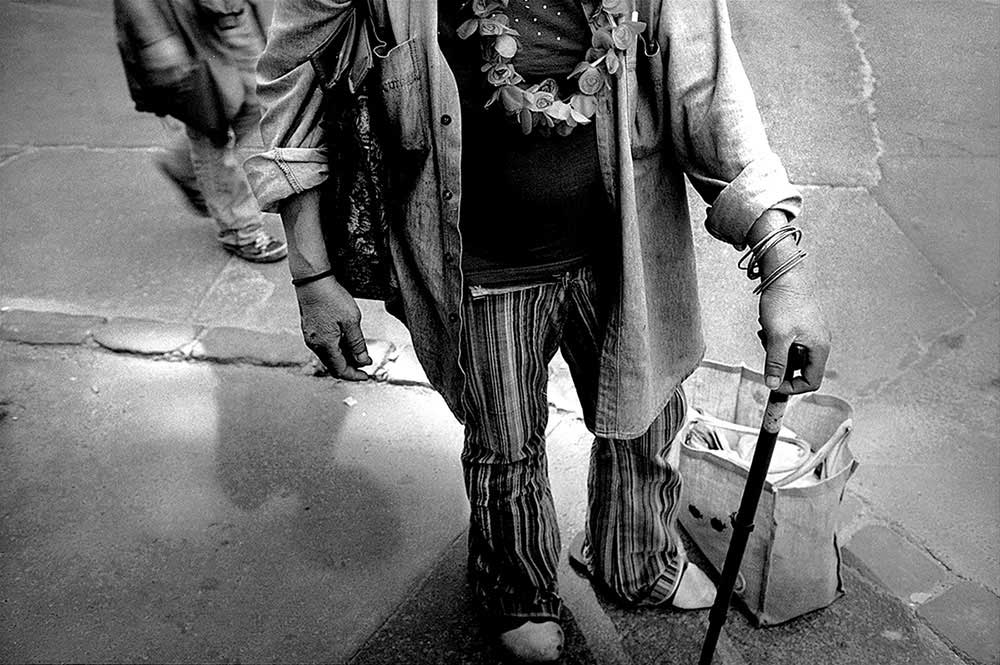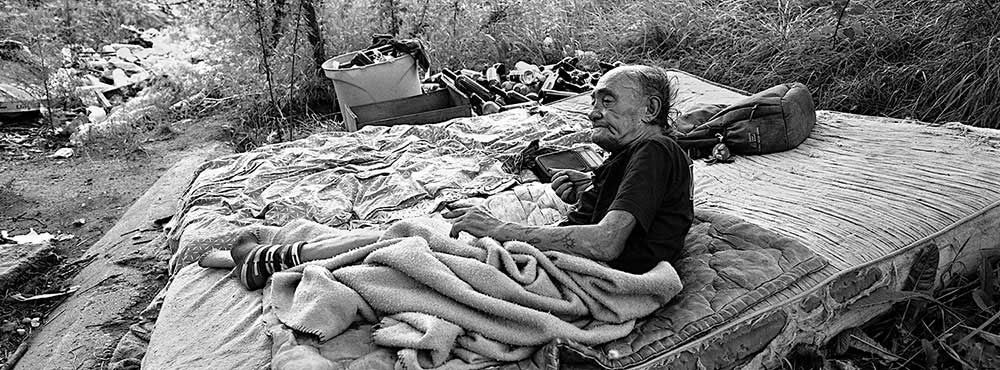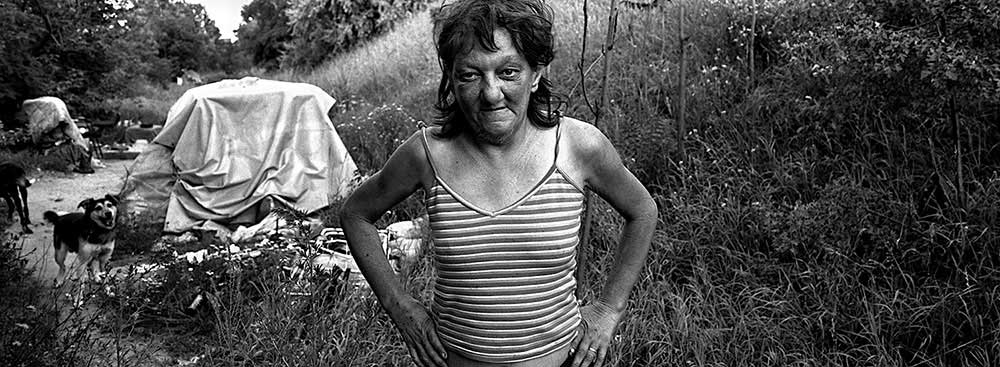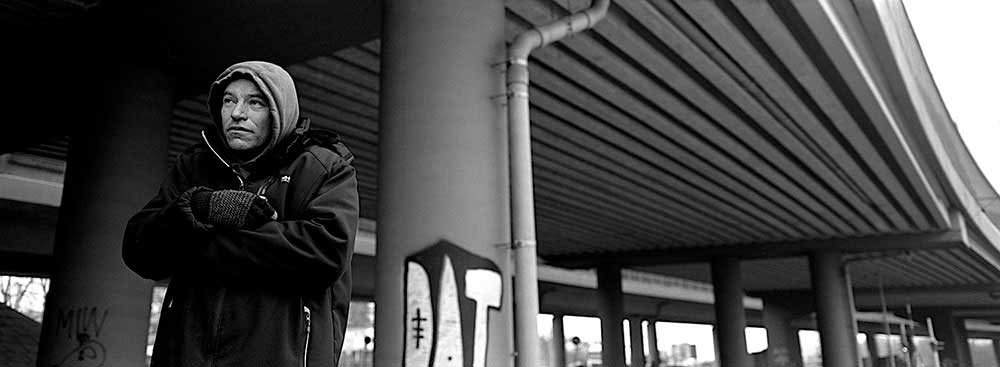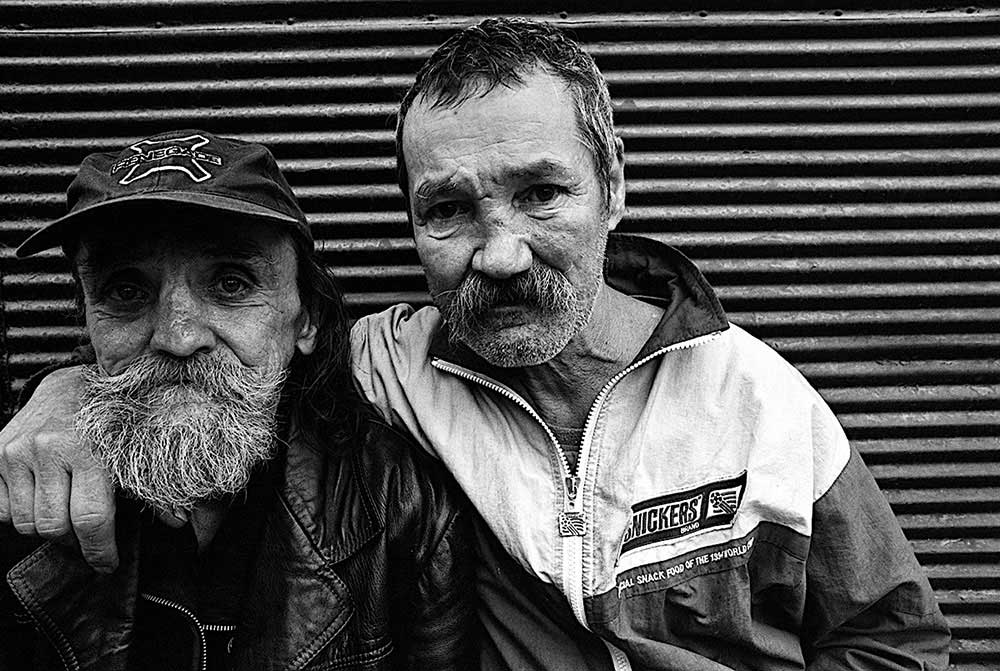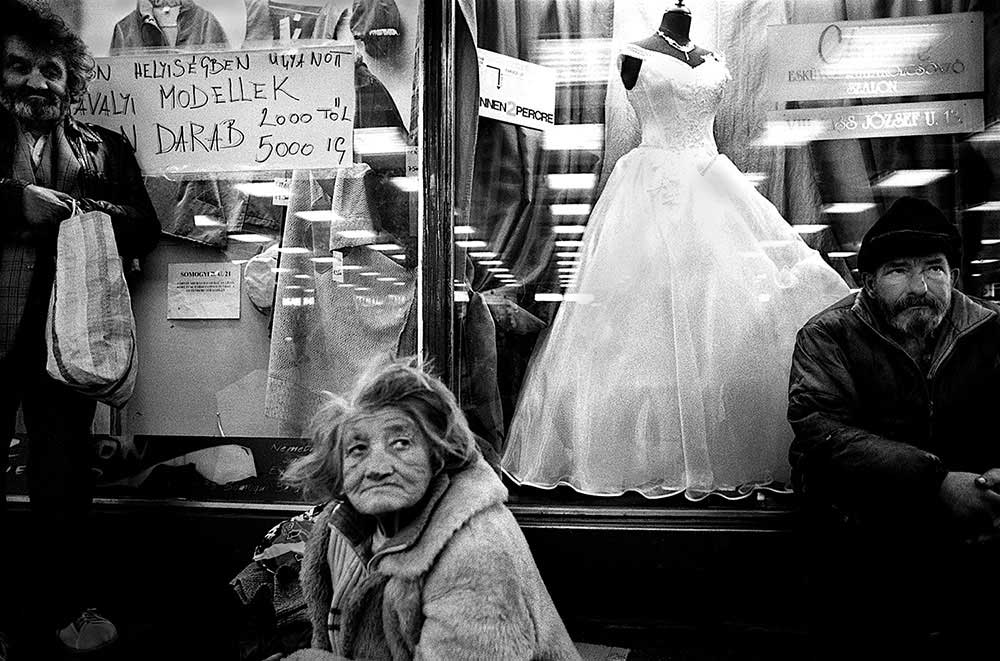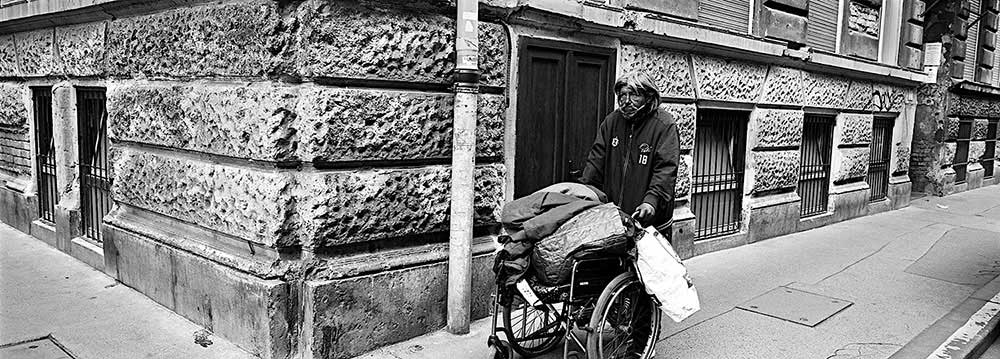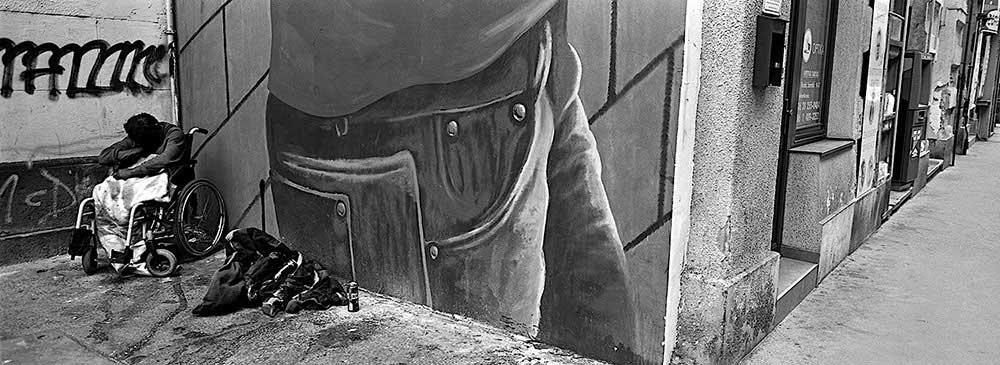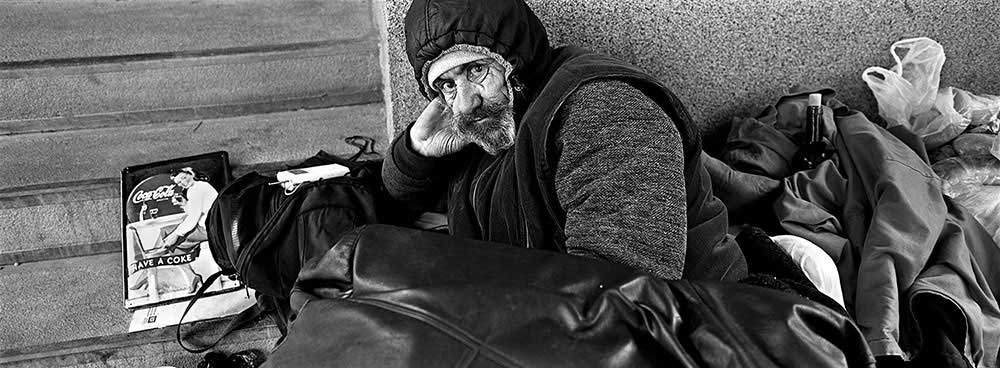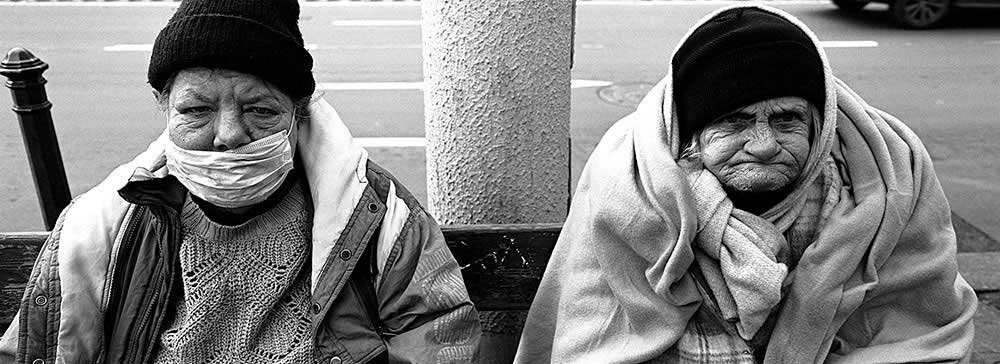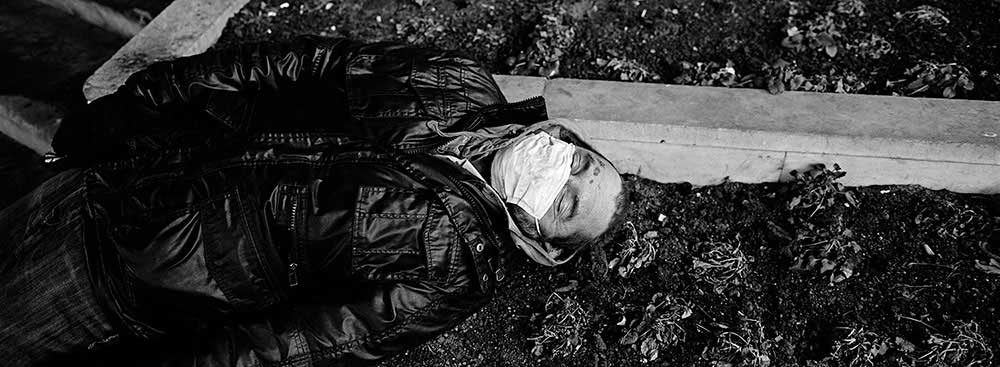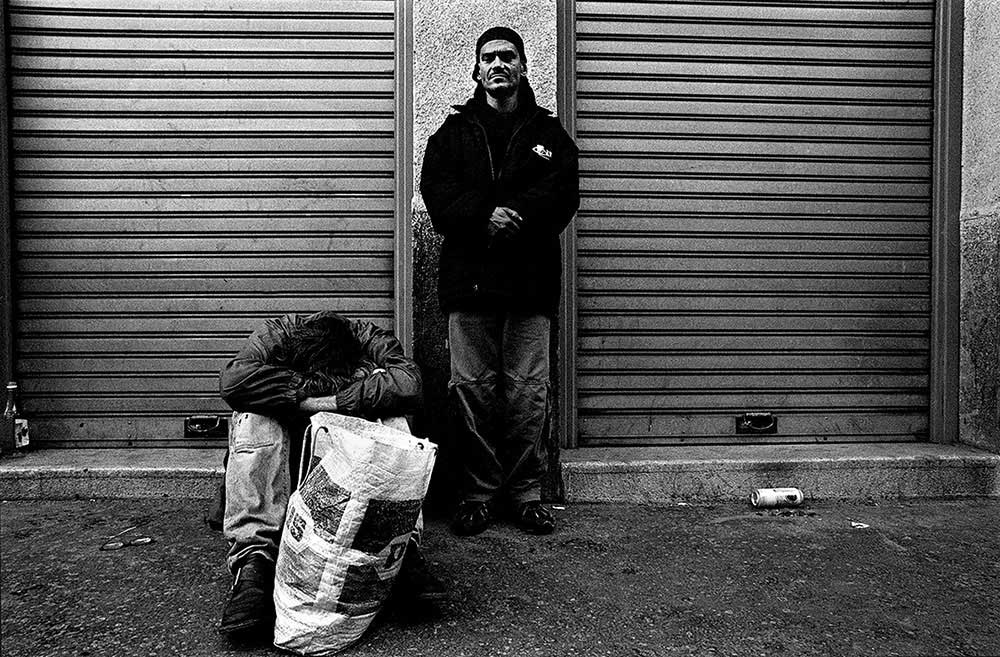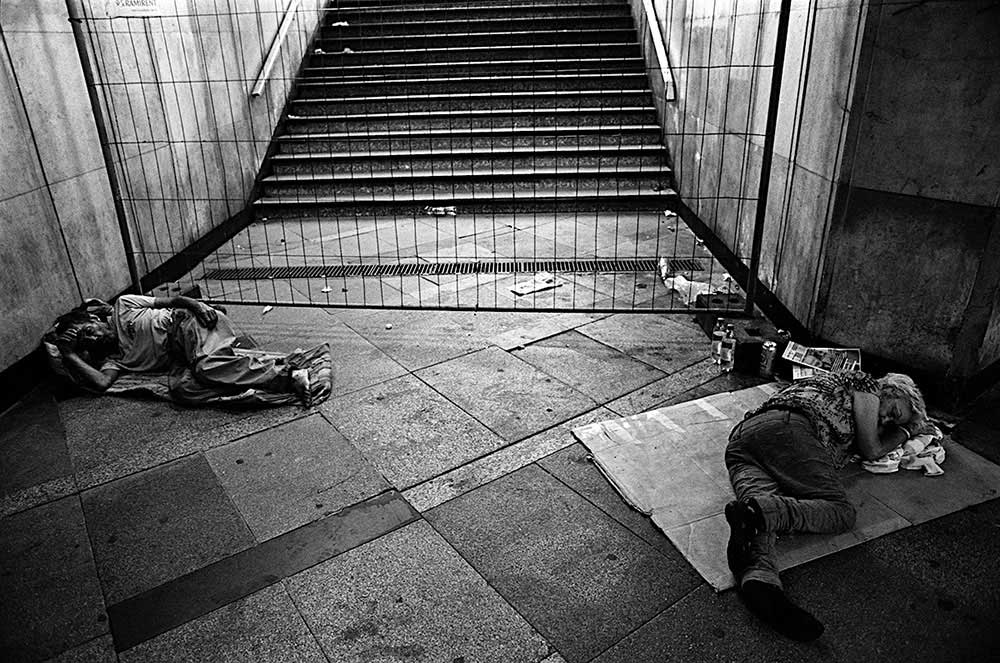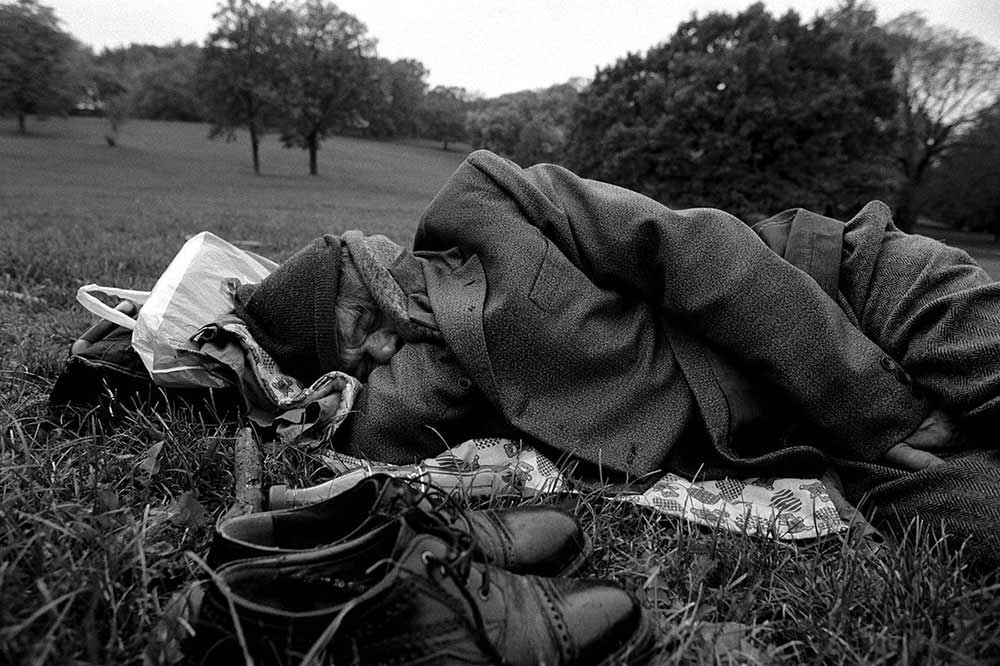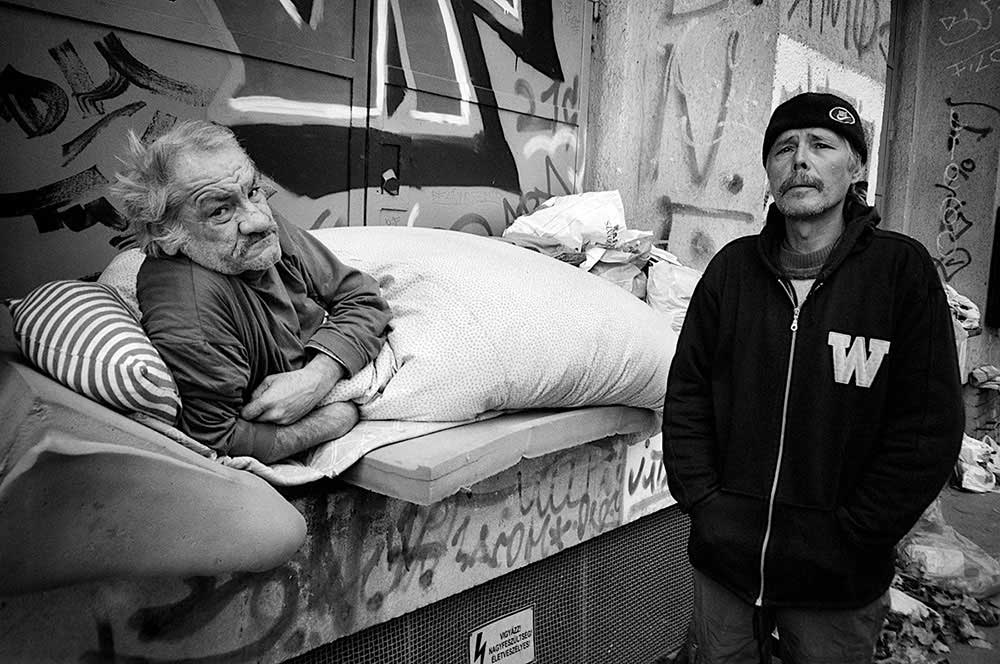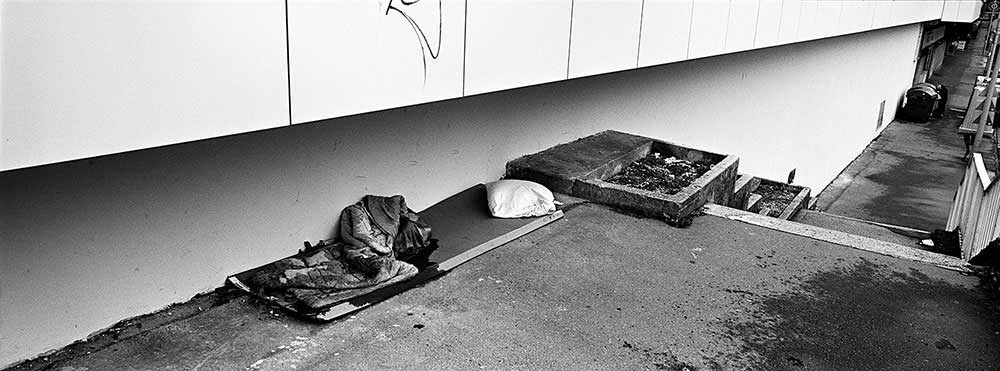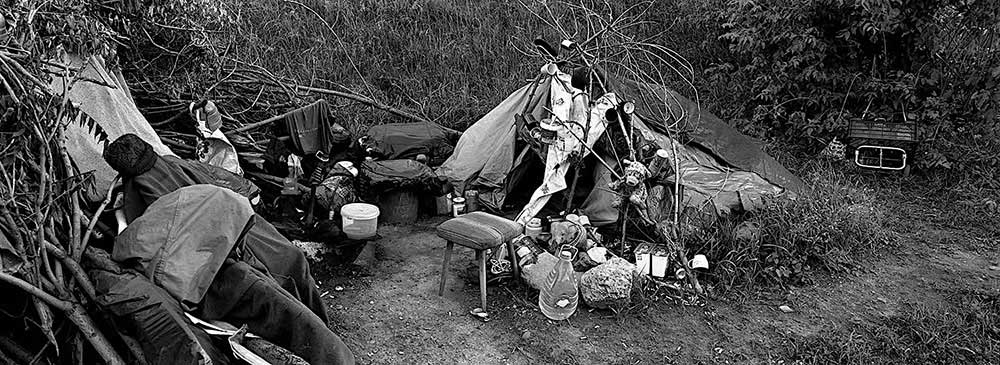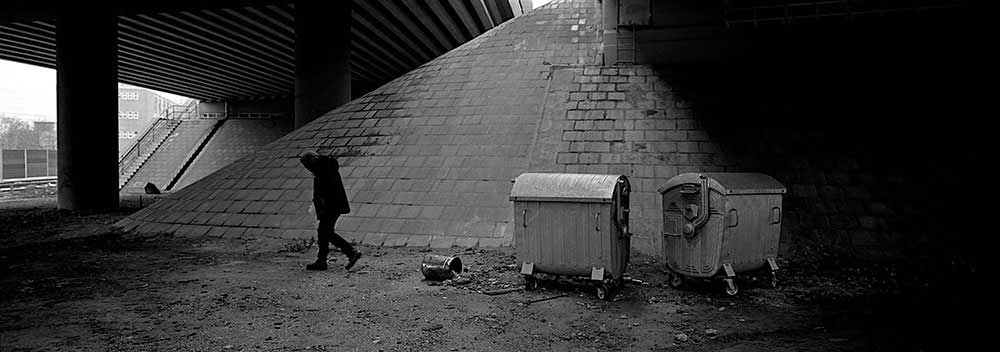In the EU, the number of homeless people has grown by seventy percent in one decade. Nowadays more than 700 thousand people have to face the fact daily that they have no roof above their heads.
With a situation worsening year by year, homelessness is the direest form of poverty the roots of which can be traced back to higher living costs, the economic crisis, the cuts in social aid and improper social politics. The pandemic has worsened the situation even further with now missing workplaces and payments which can increase the number of the homeless – regarding the pandemic the most vulnerable social group concerning their social situation and health status. Many of them are battling chronic disease, their overall health is declined but many of them are also elderly, so the virus can be extremely dangerous for them. Residents from recent workers’ accommodations or cheaper lodgings have begun to sleep in homeless shelters. These shelters cannot work with their usual capacity due to the necessity to place beds more spaciously. Insufficient living conditions represent one of the main causes of poverty and social segregation and are closely linked with unemployment too. While millions of Europeans are able follow health advice for the present pandemic, the homeless having an already weaker immune system cannot separate themselves when necessary, have no access even to water for handwashing, are especially vulnerable both in the crowded shelters and living in bad hygienic conditions without a roof above their heads.
Society looks down on the homeless, even though there is hardly any harder challenge for a human than living on the streets alone. The hustle and bustle of the day is always followed by lonely nights. Aware of all this, between 2001-2021 I focused on showing the homeless, the pennyless or those living in harsh conditions on the streets and on the outskirts of Budapest. My goal was to get to know the world of the homeless with my imagery built from my experiences and human relationships of 20 years. Over the past one and a half decades, the world around us has changed, we react differently to those left without a shelter. Prejudices have intensified in recent times, but the homeless still belong to us, they are the same people like us. Segregation points into the wrong future direction regarding our social sensitivity.
About Zoltán Molnár
Photo artist Zoltán Molnár graduated in the faculty of Photography in the Secondary School of Fine and Applied Arts in 1993. Later on he continued his photography studies in the Hungarian University of Applied Arts (now: Moholy Nagy University of Art and Design Budapest) at the faculty of Visual Communication Designer and got a degree in 1998. He also graduated in the Hungarian University of Fine Arts, as a Fine Arts Teacher in 2020.
Within the framework of art photography he is mainly interested in realistic depiction and documentary photography. It is through the visual formulation of human exisctence that he examines social structures and interprets his environment, the world, and the era hi lives in. Despite the changing globalized and modern world, his photographs depict men who lives according to traditioons in both the natural and urbanized landscape. He won the André Malraux Grant and studied in Nancy, France in 2004. In 2007 he travelled to Brasilia with the Unesco Grant and also did photography work in Paris with the André Kertész Grant. Since then he has exhibited in several Hungarian and foreign galleries.
His first individual album was published in 2012 with the title: Fényerdők (Light Forests). The book is a photo-essay about people and their environment in the areas of Transylvania and Moldova in the period between 1996 and 2012. He has had solo exhibitions in Budapest, Bratislava, Paris, Brazil. His album, titled: Aqua (1999-2018) that analyses the relationship between water and humans was published in 2019. [Official Website]



